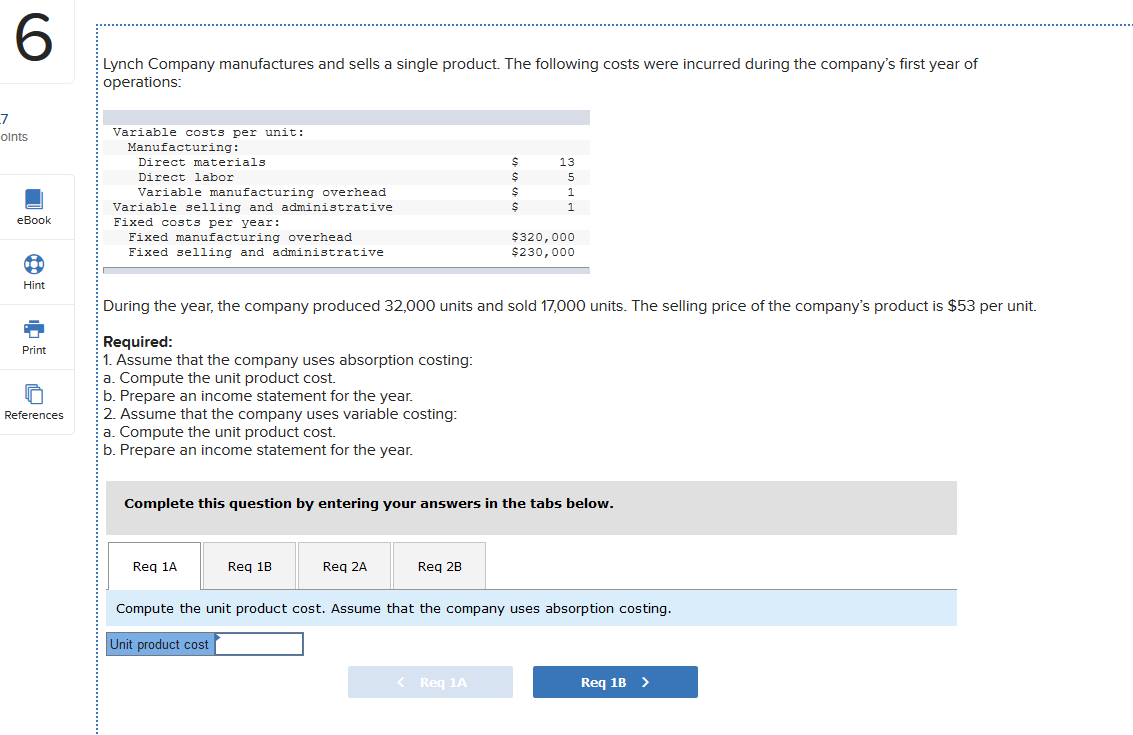
Also, salaries of managers or supervisors might also be included in direct costs, particularly if they’re tied to a specific project. Typically, direct fixed costs don’t vary, meaning they don’t fluctuate with the number of units produced. Semi-variable costs, also known as mixed costs, are those costs that consist of both fixed and variable components. These costs can be challenging to analyze, as they change with the level of production but not proportionally.
Cost-Volume-Profit Analysis
Therefore, the cost of shipping a finished good varies (i.e. is variable) depending on the quantity of units shipped. Though there may be fixed cost components to shipping (i.e. an in-house mail distribution network with a personalized weighing and packaging product line), many of the ancillary costs are variable. are direct materials variable costs Along the manufacturing process, there are specific items that are usually variable costs. For the examples of these variable costs below, consider the manufacturing and distribution processes for a major athletic apparel producer. However, variable costs do not need to be directly related to the product.
Direct and Indirect Variable Costs
The primary components of variable costs include materials, labor, and utilities which are directly involved in the production process. Other possible variable expenses are commissions, packaging costs, and shipping expenses. In other words, they fluctuate depending on the level of production or sales.
Fixed vs Variable Costs (with Industry Examples)
- The same goes for staffing more hourly wage workers (or having them work more hours) to meet increased production goals.
- Commissions are often a percentage of a sale’s proceeds that are awarded to a company as additional compensation.
- Though there may be fixed cost components to shipping (i.e. an in-house mail distribution network with a personalized weighing and packaging product line), many of the ancillary costs are variable.
- One of the primary features of variable costs is their direct relationship with the level of production or business activity.
- Careful management and understanding of variable costs can significantly leverage your pricing strategy.
So, if you sell tote bags, and your sales revenue doubles during the holidays, you’ll also see your variable costs—including the cost of wholesale tote bags—increase. To determine the total variable cost, simply multiply the cost per unit with the number of units produced. Determining what constitutes a direct variable cost can sometimes be challenging. Electricity used in a production process might increase with production volume, but it’s hard to attribute a specific amount to each unit produced. With a thorough understanding of variable costs, companies can set prices that cover these costs and also account for fixed costs, ensuring profitability.
Optimizing Fixed Costs
Variable costs can guide businesses in determining how to allocate resources optimally. An increase in the number of deliveries being made will increase the expense of gasoline, but not the cost of the insurance, depreciation, or loans. For example, in the construction of a building, a company may have purchased a window for $500 and another window for $600.

This can fluctuate based on various factors such as the price of raw materials or changes in labor costs. As the production output of cakes increases, the bakery’s variable costs also increase. However, anything above this has limitless potential for yielding benefits for the company. Therefore, leverage rewards the company for not choosing variable costs as long as the company can produce enough output.
The challenge lies in managing fixed costs effectively, particularly in fluctuating market conditions. While variable costs generally increase with higher levels of production, the rate at which they increase can depend on efficiency and scale. For instance, as a company produces more, it may be able to negotiate better prices for raw materials, thereby lowering the unit variable cost.
Variable costs are those expenses that change in proportion to the volume of goods a company produces or the number of services it provides. These costs fluctuate based on the level of production or output – increasing when production increases and decreasing when production declines. Unlike fixed costs, which remain constant irrespective of output levels, variable costs are essential for determining the cost of goods sold, and they directly influence profit margins.



